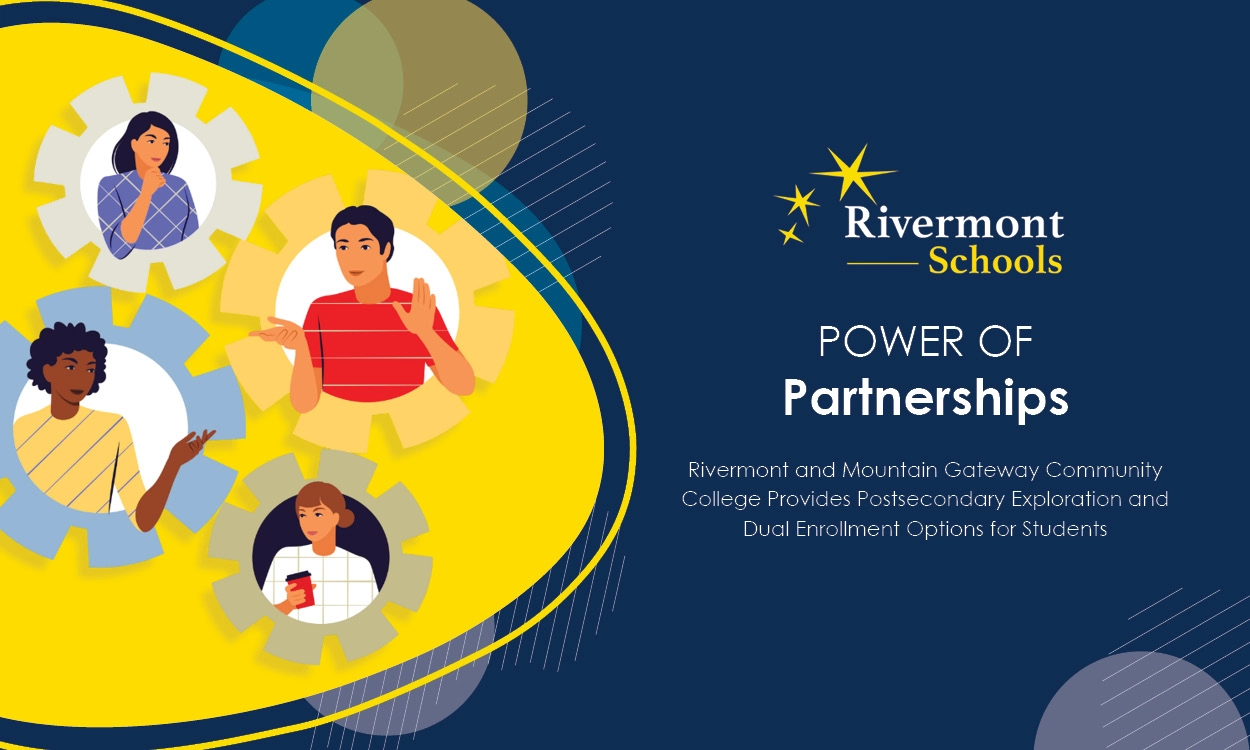The Three P’s of Preventive Logic: A Model for Student and Staff Success at Rivermont Schools
Posted: December 20, 2024 | Written By: Sharmin Hossain | Category:

Written by Jennifer Younger, Vice President of Behavioral Services, Rivermont Schools
At Rivermont Schools, we are dedicated to creating structured environments that support both academic and social success for every student. The "Three P’s of Preventive Logic"—Preventive, Proactive, and Predictable— empower both students and staff by emphasizing prevention, consistency, and teaching environments where positive behaviors thrive. These principles form the foundation of a comprehensive approach designed to support students and staff through evidence-based practices, tiered systems of support, and a focus on structured environments.
What Are the Three P’s of Preventive Logic?
Preventive - Prevention focuses on creating supportive environments that set students up for success. By eliminating situations where problem behaviors are likely to arise, educators can create a setting that supports learning and minimizes disruptions. Preventive measures include active supervision, scanning for potential triggers, and setting up the classroom in a way that encourages engagement. These strategies parallel models like the Triple P system, which highlights the importance of early intervention and proactive strategies to reduce the likelihood of problematic behaviors developing.
Proactive - Being proactive means anticipating and addressing behaviors before they escalate. At Rivermont Schools, this involves explicitly teaching desired behaviors and reinforcing them consistently, similar to teaching academic skills like multiplication tables. Through tools like the teaching matrix, students learn what behaviors are expected across various settings. This proactive approach ensures students understand what success looks like, creating a sense of clarity and purpose in their interactions and activities.
Predictable - Predictability is the cornerstone of effective behavior management. When students know what to expect, they feel more secure and are better able to focus on learning. Consistent routines, recognition for positive behaviors, and clear consequences for inappropriate actions contribute to a structured environment that supports all learners. Research has shown that structured and predictable interventions—like those in Rivermont's tiered system of support—reduce anxiety and improve both academic and social-emotional outcomes for students.
At Rivermont Schools, the Three P’s are part of an expansive, data-driven framework. Using tools like behavioral data tracking, staff can assess what works and adjust their strategies accordingly. This ensures that interventions remain effective and tailored to individual needs. Similar to the Triple P system’s evidence-based focus, this iterative process ensures that every classroom decision is informed by real-world outcomes and best practices.
How the Model Guides Student and Staff Success
At Rivermont Schools, the Three P’s model isn't just about managing student behavior, it’s about setting everyone up for success, including staff. By focusing on preventive, proactive, and predictable strategies, educators create an environment where learning flourishes.
For students, the Three P’s encourage positive behavior by teaching and reinforcing expected actions, reducing the reliance on reactive measures like suspension, and helping students develop essential social and emotional skills for long-term success. This approach creates supportive environments tailored to the diverse needs of all students, ensuring they have the right tools to thrive. Clear routines and expectations foster emotional safety, providing a stable foundation that minimizes stress and enhances learning.
For staff, the Three P’s empower educators with a model that shifts the focus to adult behavior, encouraging staff to use evidence-based practices, and model the behaviors they wish to see themselves. Predictable systems help create consistency, making it easier for staff to respond to behaviors in clear and effective ways. By using proactive and preventive strategies, the model also reduces stressful situations, allowing teachers to focus on teaching and building positive connections with their students.
The Three P’s of Preventive Logic—Preventive, Proactive, and Predictable—form a comprehensive model for classroom and school wide success. By focusing on creating environments that eliminate barriers, anticipate challenges, and offer stability, Rivermont Schools ensures that students and staff are set up for success. With a commitment to evidence-based practices and continuous improvement, Rivermont is creating classrooms where every student has the opportunity to succeed.
For more information on evidence-based behavioral models and their proven impact, check out this blog.










